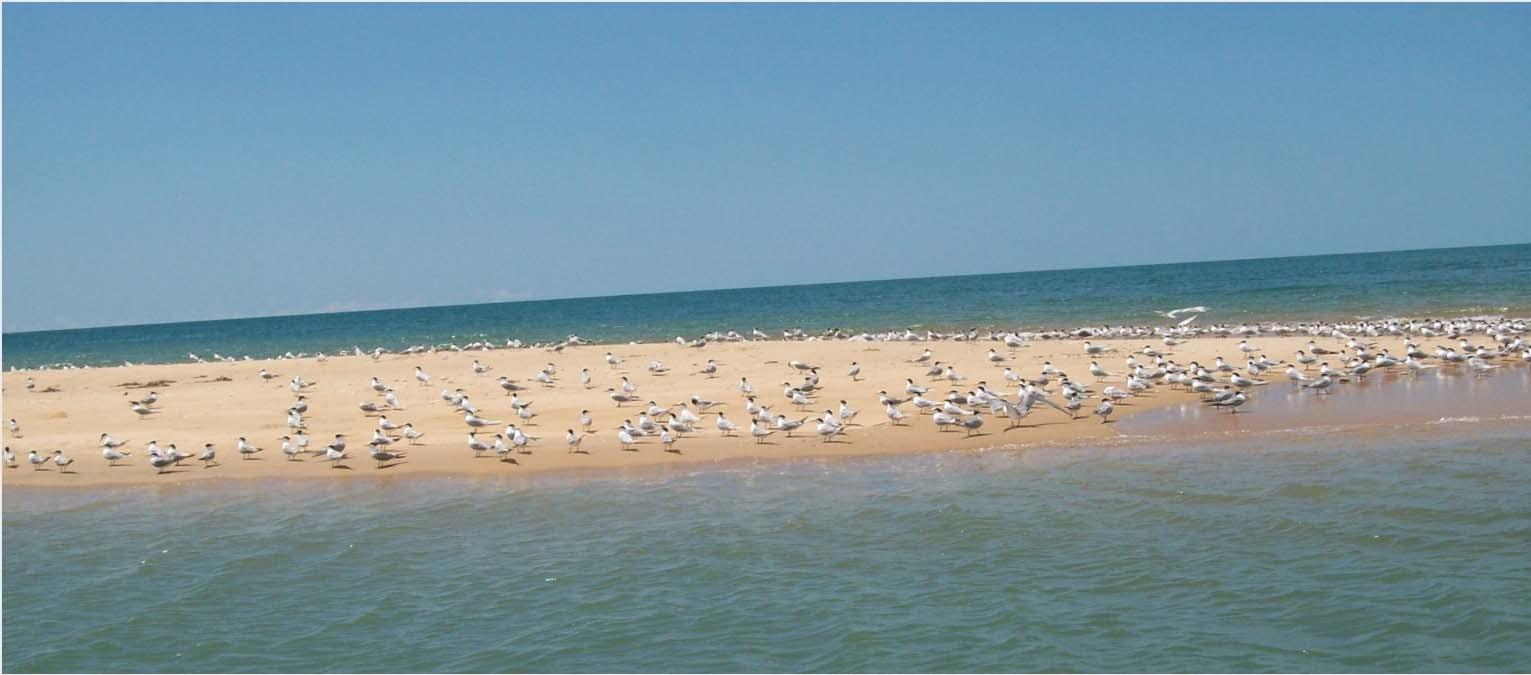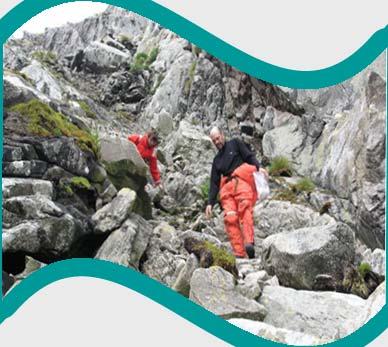
4 minute read
Research activities carried out by NF POGO alumni at the Central Institute of Fisheries Technology, India
from NANO News 2
by NANO
Research activities carried out by NF‐POGO alumni at the Central Institute of Fisheries Technology (CIFT), Cochin, Kerala, India
In situ Time Series measurement of bio‐optical parameters:
Advertisement
CIFT is working on the Ocean Colour monitoring through in‐situ time series measurements of key bio‐optical parameters and the generated data is complimenting and supplementing remote sensing data with in‐situ observations. The main objectives of the research are to create a data base of optical properties of optically active substances (OAS), development of satellite derived ocean colour products for the coastal regions and improvements of algorithms to retrieve the OAS through ocean colour data for the Coastal and Fisheries management. The main areas of research are the optically complex coastal, estuarine and poorly sampled regions of the ocean in respect of the bio‐optical studies. Our major focus is on the coastal region of Kerala, Southern Ocean (SO) and other optically important regions of the Oceans.
Major bio‐optical works doing at CIFT
Studies on the dynamics of chlorophyll in marine/estuarine waters Studies on bio optical characteristics of pelagic fish shoal sighted regions Measurements of optical characteristics using Hyperspectral Radiometer Community structure of phytoplankton and its relation with productivity Evaluation of micro and macro nutrient status and its relation with productivity Production of synoptic fields of chlorophyll pigment Creation of a long term monitoring station for coastal waters to supplement the chlorophyll network Our Team:
DDG Fisheries, ICAR, New Delhi, India
Dr. B. Meenakumari (meenakumarib@gmail.com)
Central Institute of Fisheries Technology, Cochin, India
Dr. Muhamed Ashraf P.( ashrafp2008@gmail.com) Mr. Shaju S S, Senior Research Fellow Miss. Minu P, Senior Research Fellow Miss. Archana G. Senior Research Fellow
Phytoplankton productivity in sub‐Antarctic waters: role of nutrients accumulated and recycled by seabirds My PhD project and research trip to sub‐Antarctic New Zealand Olga Shatova ‐Ph.D. student at University of Otago, New Zealand
Cruise to the Snares, February 2012.
My first research cruise to the sub‐Antarctic islands of New Zealand took place in February this year. Following a 2‐week delay due to bad weather in a rough Southern Ocean, our team of 5 researchers and 3 crew members set off from Bluff, the very southern port of New Zealand. The biggest research vessel of our small department, the RV Polaris, is also rather small (~23 m long), but a very capable boat that has been in rough seas many times before. Therefore, we relied on its agility and experience of the crew. After a 2 days transfer in a 3 meters swell we successfully anchored in the wake of the Snares islands, a tiny group of islands located about 200 km south from the South Island of New Zealand.
At first sight, the Snares look like a little rock in the middle of the ocean. As we were approaching, it became clear that these small islands are a home for millions of seabirds, thousands of sea lions and seals. The Snares didn’t experience any damage related to the era of active whaling and sealing in sub‐Antarctica (19 th century); the island remains pristine and retains rich wildlife. Presently, the island has the highest level of protection by New Zealand Department of Conservation. The access to the island is prohibited for the general public and can be allowed under special research permit only. I was lucky to be among those scientists who are permitted to land on the Snares. On the island, my tasks included collection of samples of flora and fauna (seaweed, land vegetation, sea birds feathers and guano). However, things that at first seem to be easy, appeared to be hard in the wild environment of the Snares. The island is covered in shrubs and, therefore, is hardly passable. Besides, other ‘live obstacles’ like fur seals and sea lions were in our way. These marine mammals are usually peaceful, but sometimes they try to show ‘who the boss is’ by exposing their teeth and barking. Special survival suits that provide a certain level of protection must be worn during trips to the island. However, these suits are heavy, inflexible and restrain movements. All this made our sampling trips challenging, adventurous and rather exciting. The Snares fauna is unique and diverse. Despite the small size of the Snares (the biggest island in the group has approximate dimensions of 3 by 2.5 km), it is a home for few endemic species of birds (Snares Crested Penguin, Snares Snipe and Snares Tomtit). About thirty thousand pairs of Snares penguins live in colonies on the little island. We accessed the colonies sites in a molting season when penguins loose their plumage. Surprisingly, our presence didn’t bother penguins; they remained unconcerned. However, some penguins were rather curious and readily walked around bashfully examining us. Another famous representative of seabirds breeding on the Snares is Southern Buller’s Albatross (or Buller’s Mallymawk), a gorgeous bird with a black patch around the eyes that seems to be a perfect ‘make up’. Like most albatrosses, it’s fairly large with an average body size of 80cm‐1m. Albatrosses nest on steep rock shores and cliffs that make their nests hardly accessible.














